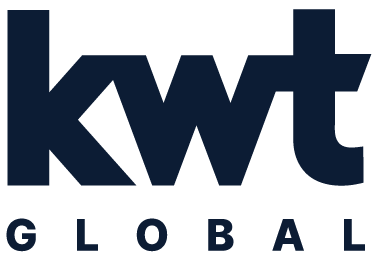AI and Creativity: An Instrument Only as Powerful as the Player
Insights from Jeremy Page, EVP, Global Director of Creative, and Cressida Payavis, Senior Director of Design
TL;DR: Over the past year and a half, AI has started to transform how we connect and create. Yet, like any disruptive force in communications, many fear that it will erode trust and stifle human creativity, though AI is here to enhance our capacity to innovate and forge deeper connections rooted in data. By coupling the power of AI with the ingenuity and integrity that only humans can possess, the possibilities for our field are endless.
In the grand symphony of communications, we've witnessed seismic shifts that have transformed how we connect, create and build trust. Now, we stand at the precipice of a game-changing evolution: the AI revolution.
AI has been the crescendo building in everyone's minds, sparking excitement and trepidation in equal measure. But like any disruptive force, it's often misunderstood. Many fear that AI will erode trust between brands and clients or dilute human creativity altogether. However, while not entirely baseless, these concerns fail to grasp the bigger picture.
Strengthening creativity and transparency
Let's be clear: human instinct and experience will always be the conductor of resonant, original work. AI isn't here to replace us; it's here to amplify our creativity and efficiency.
Think of AI as a new instrument in our orchestra — powerful and versatile, but only as effective as the skill of the player wielding it. Just as a violin in the hands of a novice produces mere noise, AI without human expertise yields lackluster results. But in the hands of a virtuoso, that same violin can stir souls — and so too can AI, guided by human creativity to produce extraordinary outcomes.
AI tools are the calculators of the creative world. They help us navigate complex tasks with speed and precision, freeing up our mental bandwidth for big-picture thinking. But AI's potential goes beyond mere ideation; it's ushering in the era of the “communications engineer" — a professional who sits at the intersection of art and science, replacing gut instinct with fresh data and insights. Think of tools like Trendsetter, where communications engineers can identify trending topics for content in real-time, eliminating guesswork and expediting the creative process.
Contrary to eroding trust, AI has the potential to strengthen it. When used diligently, AI tools make us more predictive, productive and performative — qualities that foster trust and elevate our professional standing. For instance, tools today can critically assess the consistency of key messages, find discrepancies and ensure accuracy in our outputs.
This fundamental shift is reshaping the agency-brand relationship, but only for the better. AI will dramatically change how we produce, deliver and measure our work, aligning our efforts more closely with business objectives.
The path forward
Of course, we're still in the early stages of AI adoption in our industry. There are challenges to navigate — from potential biases in AI outputs to copyright issues — but these hurdles shouldn't deter us.
Instead, they should inspire us to approach AI with the curiosity and dedication of a musician mastering a new instrument, seeing it as an opportunity for growth and learning rather than fear and doubt. There’s no better time than now to safely experiment with AI tools, uncovering the most helpful use cases.
By coupling the power of AI with the ingenuity and integrity that only humans can possess, we can compose a new symphony of creativity and transparency in communications, where our unique contributions are valued and integral to the process.
To learn more about how our creatives and communicators help brands navigate new horizons, check out our services here.
